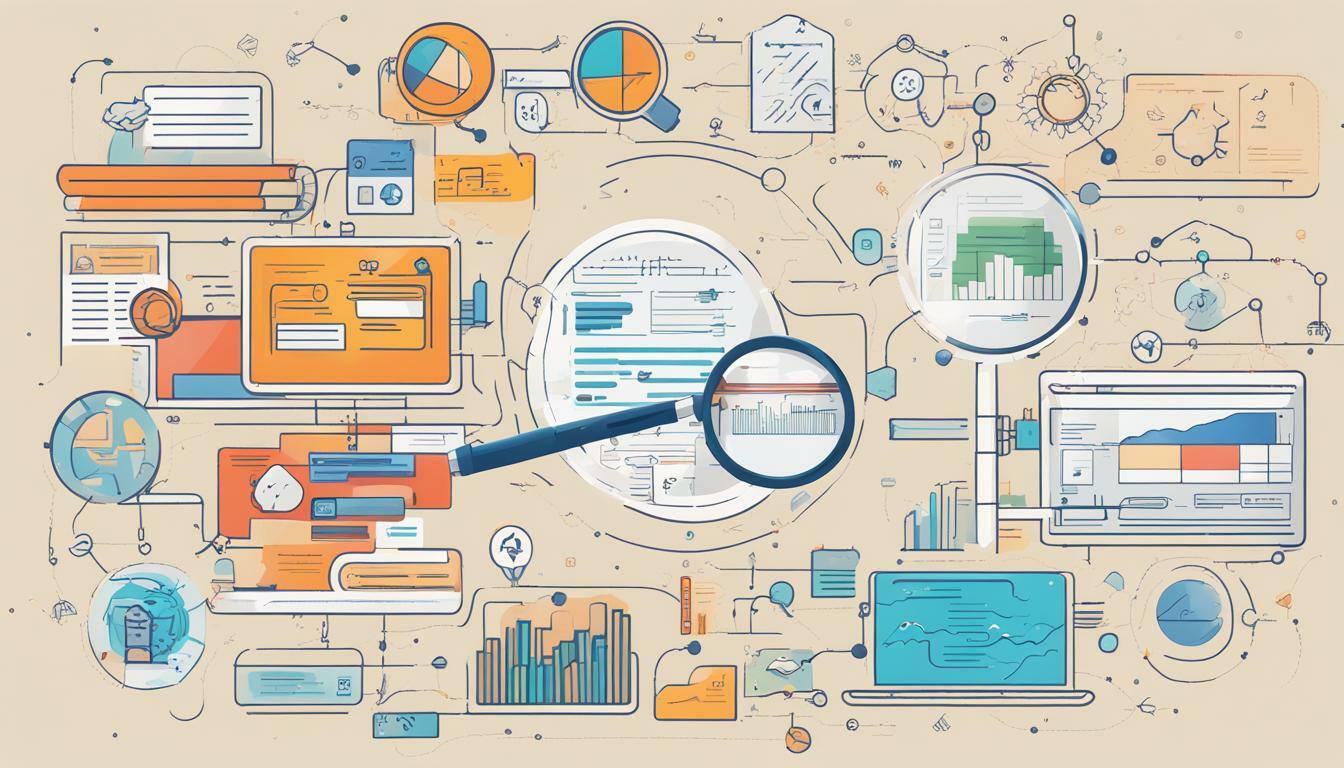
Deciphering app behavior is a crucial aspect of app development, and log analysis is a powerful tool that can aid in this process. By delving into log analysis, developers can gain valuable insights into the performance of their apps. In this section, we will take a deep dive into the concept of deciphering app behavior through log analysis. We will explore the importance of analyzing app logs and discuss the techniques used to gain insights into app performance. Additionally, we will highlight the benefits of log data visualization and how it aids in identifying app issues and improving overall app performance.
Understanding Log Analysis and its Significance
In the world of software development, analyzing app behavior is crucial to ensuring optimal performance. One way to achieve this is through log analysis. Log analysis is the process of examining log files to gain insights into app behavior and performance. By analyzing app logs, developers can identify issues, monitor app performance, and improve overall app behavior.
Log analysis is an important part of app behavior analysis because it provides developers with a wealth of data and helps them understand how their software is functioning. Analyzing app logs allows developers to gain insight into user behavior, identify errors, and monitor app performance. By analyzing app logs, developers can gain valuable insight into how their software is being used, which can help them make informed decisions about how to improve app behavior.
While log analysis can be time-consuming, it is an essential part of the app development process. By analyzing app logs, developers can identify issues before they become major problems. This can save time and resources in the long run and help ensure that app behavior is optimal.
Techniques for Effective Log Analysis
There are several log analysis techniques that can help developers identify app issues and improve app performance.
Pattern Recognition
Pattern recognition refers to the process of identifying specific patterns within log data. This technique involves analyzing log files for patterns that match known issues, errors, or anomalies. Once identified, these patterns can be used to pinpoint the root cause of app issues and improve overall app performance.
Anomaly Detection
Anomaly detection is the process of identifying unusual behavior within log data. This technique involves analyzing log files for data points that deviate from the norm, indicating potential issues or errors. By identifying and addressing these anomalies, developers can improve app performance and prevent future problems.
Correlation Analysis
Correlation analysis involves analyzing different log files to determine if there are any correlations between them. This technique can help developers identify the root cause of issues by identifying common factors across different log files. By pinpointing the underlying cause of issues, developers can improve app performance and prevent future problems.
By utilizing these log analysis techniques, developers can effectively identify app issues and improve overall app performance.
The Power of Log Data Visualization
Log data visualization is a powerful tool for analyzing app performance. By presenting log data in a visual format, developers can gain insights into the behavior of their software and identify areas for improvement.
One of the biggest benefits of log data visualization is that it allows developers to quickly identify patterns and anomalies in app behavior. By visualizing log data in real-time, developers can see how users are interacting with their app and identify any issues that may be causing problems.
There are many different visualization techniques that developers can use to gain insights from app logs. One such technique is heatmap visualization, which allows developers to see the areas of an app that are most frequently accessed. This can be useful for identifying areas that need optimization or for understanding how users interact with the app.
Another popular visualization technique is line chart visualization, which allows developers to plot app performance data over time. This can be useful for identifying trends and patterns in app behavior and for understanding how changes to the app impact performance.
Ultimately, the power of log data visualization lies in its ability to help developers make informed decisions about how to improve app performance. By visualizing log data, developers can quickly identify app issues, discover areas for optimization, and gain a deeper understanding of how users interact with their software.
Conclusion
Log analysis provides a powerful method of deciphering app behavior. By analyzing app logs, developers gain valuable insights into app performance, identify issues, and improve the overall user experience.
In this article, we have explored the importance of log analysis and discussed various techniques for effective analysis, including pattern recognition and anomaly detection. We have also highlighted the role of log data visualization in enhancing app performance analysis.
By employing these log analysis techniques and tools, developers can make informed decisions for improving app behavior and performance. It is clear that log analysis is an essential aspect of app development, providing developers with the tools they need to deliver a high-quality user experience.




